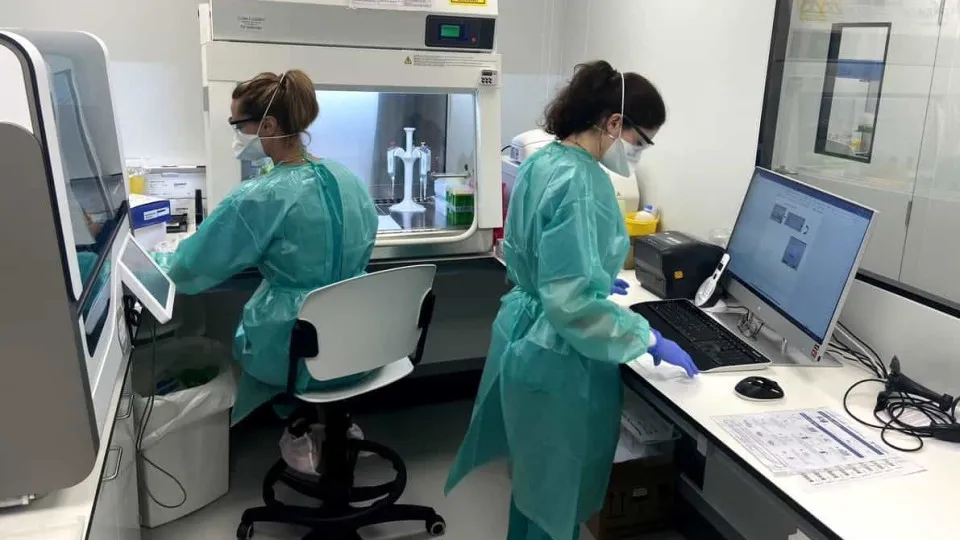
The past years have seen a significant increase in spending on non-emergency patient transport across the two levels of care contributing to this expense (primary health care and hospital care): from 2014 to 2024, spending rose approximately 119%, from 97.1 million euros to 212.4 million euros, as stated in the document presented today in parliament.
To reduce this expenditure, the Government plans to implement six measures starting next year, with an expected budgetary impact of 12 million euros less in 2026, 34.8 million euros less in 2027, and 46 million euros less in 2028, based on current reference values.
According to the State Budget proposal for 2026 (OE2026), the measures aim to improve efficiency, transparency, and quality in the management of non-emergency patient transport through the integration of incentives to reduce expenses, enhanced monitoring, revision of contracting models, and development of information systems.
The Government also intends to reduce spending on medications, which has been increasing due to “growing pressures related to population aging, the increase in the quantity and complexity of chronic diseases, and innovation.”
Data from the document indicates that the National Health Service (SNS) spending on medicines in the hospital and outpatient sectors (community pharmacies) amounted to 4,020.9 million euros in 2024, marking a 9.2% increase from 2023.
“In a decade, this amount almost doubled, representing over a quarter (25.9%) of the SNS’s total spending,” the document highlights.
The executive notes that, regarding this topic’s review, the selected policy option includes the implementation of four measures, with a projected budgetary impact of 6.3 million euros less in 2026, increasing to a reduction of 10.1 million euros in 2027 and 13 million euros in 2028, based on current reference values.
The Government states that the SNS spending on medical devices is also under the same pressure factors as medicine expenses, showing a notably increasing trend, reaching 962.9 million euros in 2024, representing a roughly 62% increase since 2019.
“In this expenditure review cycle, the analysis focused on the cardiovascular area within the hospital sector, with spending totaling 207.4 million euros in 2024 (21.5% of the total expenditure on medical devices),” the document underscores.
Similar to other areas, the Government plans to implement four measures, with a projected budgetary impact of 5.6 million euros less in 2026, 9.4 million euros less in 2027, and 14.1 million euros less in 2028, calculated against current reference values.
The measures aim to “strengthen efficiency and rationality in the use of medical devices by creating dedicated commissions, improving monitoring and benchmarking, supporting procurement with comparative price analysis, and publishing cost-effective guidelines.”
Spending on goods and services acquisition represents 14% of the effective expenditure forecast for 2026, with more than half (54.3%) allocated to the Health program, focusing primarily on products sold in pharmacies, medications, clinical consumables, and health services related to diagnostic and therapeutic means associated with SNS entities.
The OE2026 proposal will be discussed and voted on generally between October 27 and 28. The final global vote is scheduled for November 27, following the detailed debate process.




